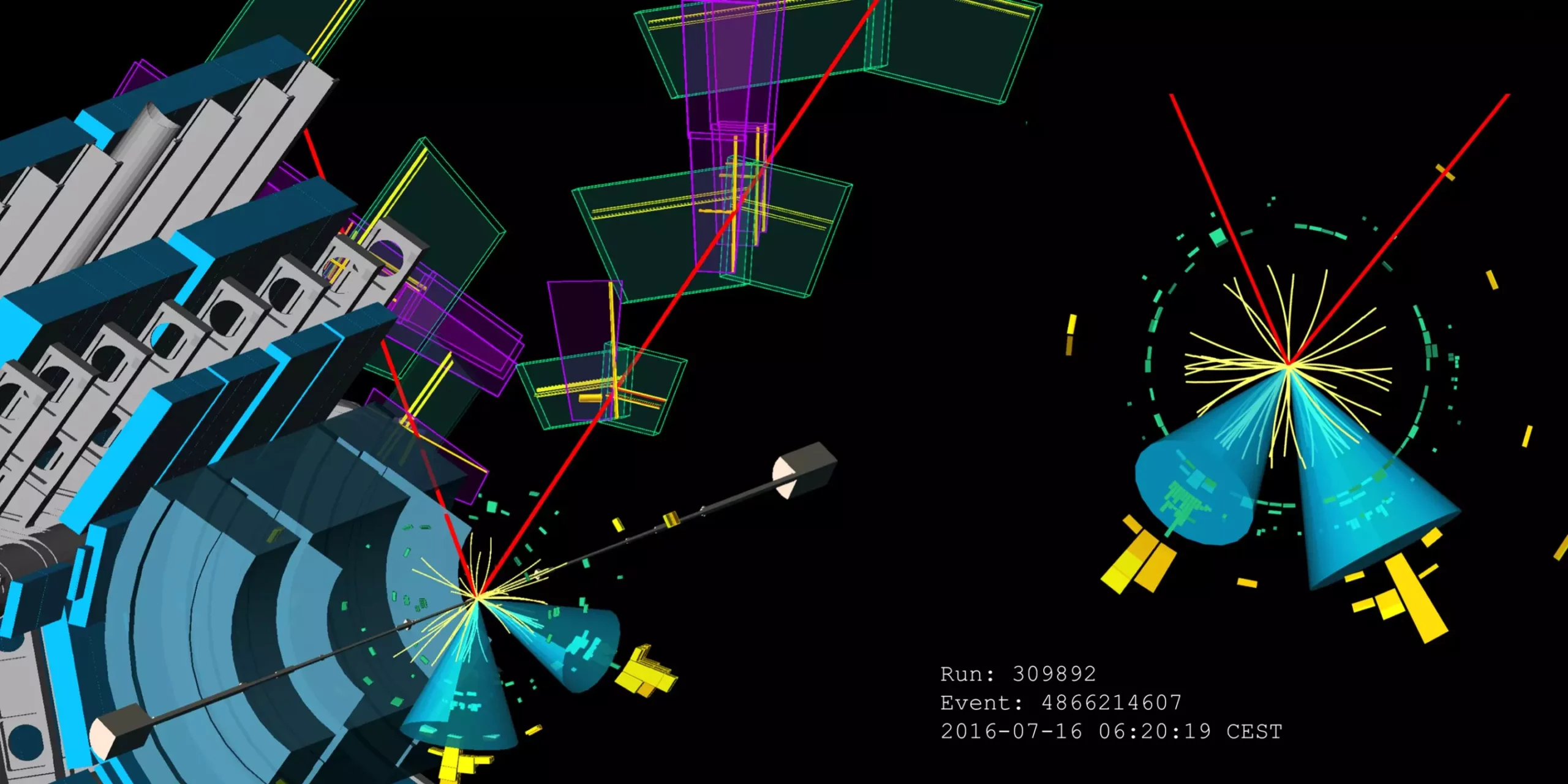The quest to unravel the mysteries of the Higgs boson has never been more crucial in particle physics. The ATLAS collaboration at the Large Hadron Collider (LHC) is dedicated to comprehensively understanding how the Higgs boson interacts with fundamental particles. This understanding is foundational because it ties directly into the electroweak symmetry breaking, a pivotal aspect of the Standard Model of particle physics, which explains how particles acquire mass. Therefore, the accuracy of measurements related to Higgs interactions with elementary fermions and bosons is of paramount importance to validate theoretical predictions and enhance our comprehension of the universe’s fundamental building blocks.
At the recent International Conference on High-Energy Physics (ICHEP) 2024, new findings from the ATLAS collaboration were presented, showcasing their progressive analysis of Higgs interactions, particularly with the three heaviest quarks: top, bottom, and charm. These results utilize reanalyzed data from LHC Run 2, a period extending from 2015 to 2018. By employing refined analysis techniques—most notably in jet tagging—the ATLAS team has significantly improved the precision of these measurements.
Jet tagging is an essential technique employed to identify and characterize the specific types of quarks that create jets in collider collisions. When the Higgs boson decays into quarks, the resulting particles break down into hadrons, producing jets capable of being detected. Through innovative jet tagging approaches, researchers distinguished between different quark “flavors,” namely bottom and charm quarks, thus enhancing their analytical precision. This groundwork has led to a remarkable increase in sensitivity to Higgs boson decay processes—specifically into bottom quarks (H→bb) increased by 15% and into charm quarks (H→cc) skyrocketing by a factor of three.
Among the notable achievements reported at the conference was the observation of the WH, H→bb process with a statistical significance of 5.3σ. This was complemented by a measurement of the ZH, H→bb process, which achieved a significance level of 4.9σ. Such results represent significant milestones, as they not only deepen our understanding of the Higgs boson but also showcase the efficacy of the new analysis methods. However, it is critical to recognize that the decay of the Higgs boson into charm quarks remains particularly elusive due to a mass suppression factor of 20 compared to the decay into bottom quarks. The latest findings from ATLAS set an upper limit on the VH, H→cc process, estimating a rate that is 11.3 times higher than the previously predicted Standard Model value, though the process itself is still not observable.
In addition to these results, the ATLAS collaboration has shed light on the Higgs boson’s interaction with the top quark. This analysis centered around intriguing scenarios where the Higgs is produced alongside two top quarks, followed by the Higgs decaying into bottom quarks. This process is characterized by its complexity and the substantial background noise that complicates analyses. However, with a robust approach that integrates a better understanding of background processes, the sensitivity improved significantly by a factor of two, leading to a measured signal strength for the production process ttH, H→bb of 0.81 ± 0.21, which is in accordance with the Standard Model expectations.
As the LHC enters the Run 3 phase, the excitement grows over the potential for even more detailed measurements of these interactions. The promise of enhanced capabilities lies particularly with the forthcoming High-Luminosity LHC (HL-LHC), which is anticipated to provide ample opportunities to detect rare processes such as H→cc. The refined techniques being developed signify a new era in Higgs research, where the precision of interactions continues to be scrutinized with unparalleled rigor. The results presented at ICHEP 2024 not only mark significant progress but also fuel ongoing endeavors to further unravel the intricacies of the Higgs boson, unlocking a deeper understanding of the universe.


Leave a Reply